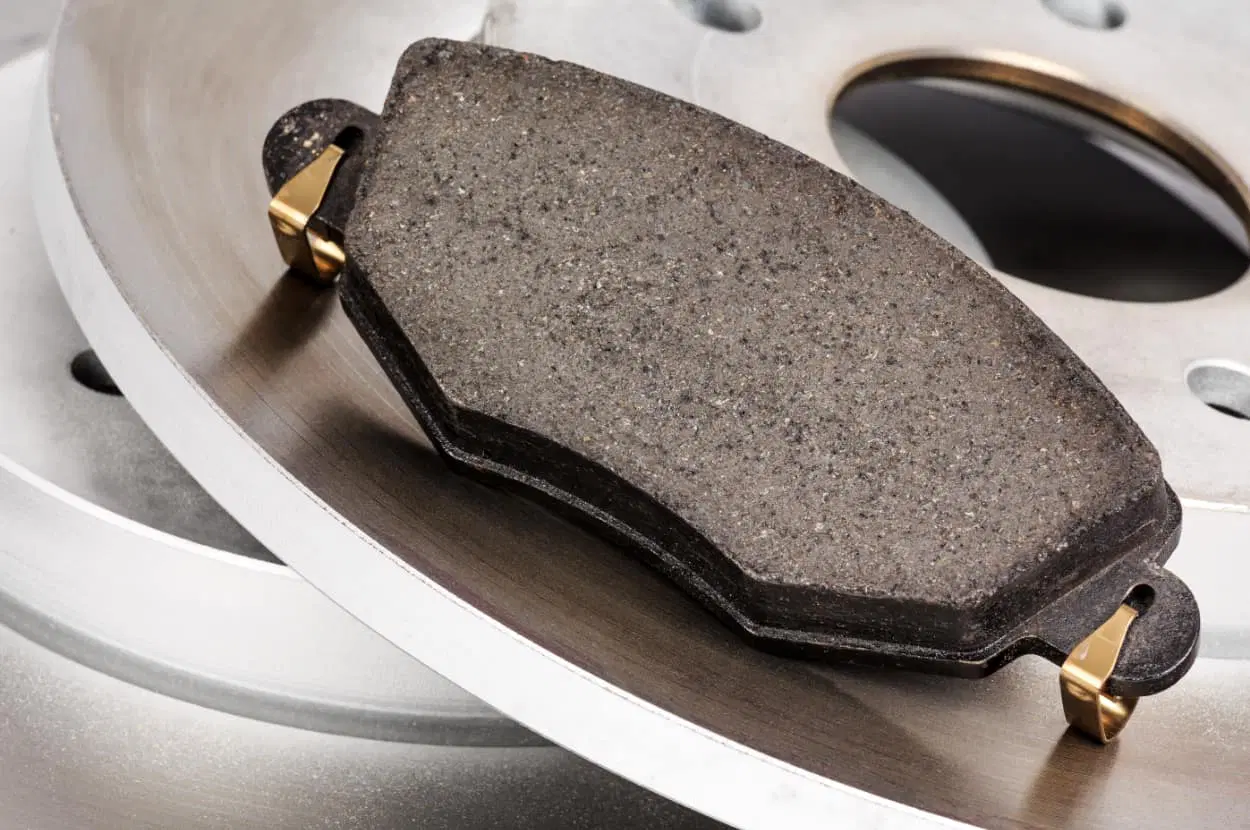For automotive parts distributors, sourcing high-quality plaquettes de frein (brake pads) is critical for both workshop safety and business profitability. Maximizing profit margins depends on balancing quality with cost and minimizing warranty claims.
I. Supplier Selection: A Focus on Quality and Compliance
A reliable supplier provides consistency, adherence to international standards, and support. This minimizes your risk and the frequency of costly product returns.
A. Mandatory Quality Standards for Plaquettes de Frein
Demand evidence of these certifications, which are the baseline for safety and performance:
- ECE R90 (Europe): Crucial for European markets, this guarantees that the plaquettes de frein perform within a ±15% tolerance of the Original Equipment (OE) product. The ECE R90 approval number should be clearly printed on the pad’s backing plate.
- IATF 16949: This automotive industry-specific quality management system indicates the supplier maintains a high, consistent standard in their manufacturing process.
- SAE Friction Codes (e.g., FF, GG): These codes, visible on the pad edge, confirm the friction coefficient under both cold and hot operating temperatures, ensuring predictable performance.
B. Manufacturing and Consistency
- Materials: Confirm the supplier can provide the necessary mix of formulations: Ceramic, Semi-Metallic, and Low-Metallic/NAO. This allows you to cater to varied customer needs (low dust, high performance, economy).
- Backing Plates: Look for high-quality galvanized steel backing plates that resist corrosion, often featuring patented mechanical attachments (instead of relying solely on adhesive) to prevent the friction material from separating.
- Noise Mitigation: Reputable plaquettes de frein suppliers pre-fit shims (vibration dampeners) and use specialized coatings (like anti-squeal compounds) to address noise, a leading cause of customer returns.
II. Maximizing Profit Margins Through Strategic Sourcing
Margins are maximized not by buying the cheapest product, but by minimizing total ownership costs (TCO) related to defects and warranty issues.
| Strategy | How it Maximizes Profit |
| Complete Kits | Stock plaquettes de frein that are sold as complete kits, including new installation hardware (clips, wear sensors, shims). This saves the workshop technician time and reduces installation errors that lead to comebacks. |
| Reduce Warranty Claims | High-quality pads may have a higher unit cost, but they result in far fewer warranty labor and part replacement costs, protecting your margin and reputation. This is the single biggest margin factor. |
| Inventory Management | Choose suppliers with reliable logistics and low minimum order quantities (MOQs) where possible. This prevents costly stockouts and avoids tying up excessive capital in slow-moving inventory. |
| Technical Support | Partner with suppliers who offer strong technical data and training. When your workshops have quick access to installation instructions and specs, their efficiency improves, and they order more from you. |
III. Supply Chain Integrity and Counterfeit Prevention
Counterfeits pose the greatest threat to both safety and your long-term business viability.
- Direct Procurement: Always source plaquettes de frein directly from the authorized manufacturer or their verified, franchised distributor. Avoid unverified online marketplaces where the risk of counterfeit parts is highest.
- Visual Inspection: Train your receiving team to inspect packaging for poor print quality, blurry logos, and missing or non-functioning security holograms. Inspect the product for inconsistencies in the friction material and missing certification codes.
- Traceability: Demand clear batch numbers and a Certificate of Conformance with every delivery to establish an unbroken chain of custody.
Post Views: 219



